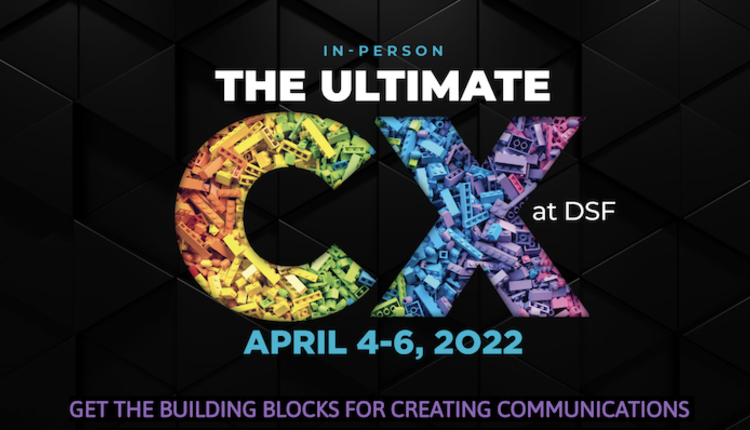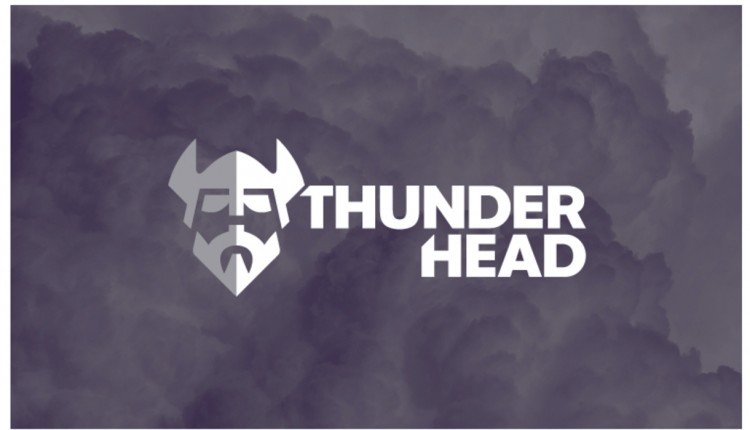
Sometimes small events happen, and we notice immediately. Sometimes important events happen, and we don’t notice at all.
Something major happened in 2022. The CCM Market entered the Post-Prem Era. According to Kaspar Roos of Aspire CCS, “over 50% of new CCM projects in 2022 selected SaaS-based solutions.” (Aspire, The State of Customer Communications and Experience Management, 2023.) While we may not have noticed, we find ourselves living and working in a Post-Prem Era.
You might consider it premature to declare it the Post-Prem era, when most of the money spent in the CCM market still favors on-premise technology. However, the on-prem market share is supporting legacy systems that have not been delivering to customer expectations. With the majority of new CCM investment moving toward SaaS-based solutions, organizations that have decided to move to pure SaaS have already overcome previous objections around availability, data security, IP ownership, migration assistance, total cost of ownership, and vendor risk. This article will visit those former objections one by one.
Objection #1: Reliability
Reasonable objections to the availability of cloud-based solutions have disappeared as the uptime of cloud solutions have become more reliable than physical data centers. The industry started with physical data centers with physical Business Continuity/Disaster Recovery (BC/DR) strategies. Events like the Northeastern blackout of 2003 increased the separation distance for physical BC/DR locations, creating a path for shared BC/DR strategies. Some leaders implemented cloud failover for critical applications in the early cloud days. During the pandemic, a host of new pure cloud services showed that availability of cloud-based services surpassed internal application services when considering costly maintenance, management, and other upkeep obligations. Based on the reliability and success of cloud failover strategies, many organizations felt confident to move entire applications to the cloud. As organizations moved to this type of thinking, the CFOs demanded that the beneficial operational expense implications of cloud applications scale across their financial statements.
Objection #2: Data Security
While it is undeniable that data security and privacy regulations have increased with GDPR, CPRA and similar regulations, SaaS-based services have adapted to ensure delivery of service while meeting the data mapping, data management and data processing requirements of the full range of privacy legislation. Organizations have been moving their most sensitive customer data to cloud applications since before the foundation of Salesforce (1999), Docusign (2003), AWS (2006), Google Cloud (2008) and other popular cloud services. Organizations have been transmitting PII and PHI data to service bureaus decades before that. Data security presents less risk than in a self-managed data center in many respects, removing that objection from consideration.
Objection #3: Intellectual Property
Intellectual Property (IP) ownership and custody was an often-overlooked area of CCM management in some SaaS-based CCM solutions, just as it is with most CCM outsourcing arrangements. Not all SaaS offerings make it easy to download and archive the intellectual property that represents your rules, layouts, design, video, images, and other assets, which is the same situation for many CCM outsourcing arrangements. It is important to ensure that you are always able to access, archive, and download your design IP in a way that is readable and portable. After all, the IP behind the voice your organization uses to engage customers belongs to your organization. It should be yours to access, manage and move at any time.
Objection #4: Migration Headaches
After Intellectual Property, the concept of migration assistance is another key consideration. When you have access to your communication IP, you want to make sure it is usable to reach your customers across your entire channel mix. As you consider SaaS-based solutions, you already expect an acceleration due to avoiding the IT provisioning delays. You should look to see how your migration can be accelerated with software, services, and other creative approaches. Rapid migration helps you retire your incumbent legacy technologies, consolidate technology resources and streamline your design processes to realize that ROI as soon as possible.
Objection #5: Cost
Speaking of ROI realization, SaaS-based CCM offerings generally offer a lower total cost of ownership by shuttering capital-intensive data centers, transferring capital expenses to operational expenses, and speeding your time to output. Embracing Post-Prem thinking by adopting a single SaaS-based CCM offering modernizes how your customer experience investments perform for your business. As organizations strive to become efficient, they focus on shedding physical investments, avoiding IT provisioning delays, streamlining their CCM implementation skills, and delivering high-performance communications to your customers. Using a SaaS-based approach, these efficiencies can arrive months, if not years, ahead of schedule by avoiding the delays, risks, and limitations imposed by legacy solutions designed for legacy problems on legacy infrastructures.
Before the Post-Prem Era, early adopters took some risk by putting their faith in upstart SaaS offerings. Now that over 50% of projects are implemented on SaaS-based solutions, 80% of enterprises prefer SaaS-based solutions, and multiple SaaS-only CCM providers have crossed the $100 Million revenue mark, the risk levels are equal, if not lower as the dependencies on legacy versions of environmental hardware and upstream or downstream software disappear.
As the new advantages of SaaS-based solutions become clearer, the old objections have faded away. According to research from Aspire, “Only 20% of businesses prefer to manage all customer communications on-prem; with the majority favoring hybrid or SaaS solutions. (Aspire, The State of Customer Communications and Experience Management, 2023.)” While you may be managing on-prem CCM solutions today, it might be time to join the Post-Prem era by aligning your skills with the 80% of businesses that prefer hybrid or SaaS solutions.
Scott Draeger joined the customer communication industry by designing statements and marketing materials at an innovative service provider before joining the CCM industry. With over 20 years in CCM innovation, Scott has traveled the world to improve the way insurers, financial services organizations, health insurers, and other heavily regulated industries communicate authentically with their customers while complying with regulations.




















